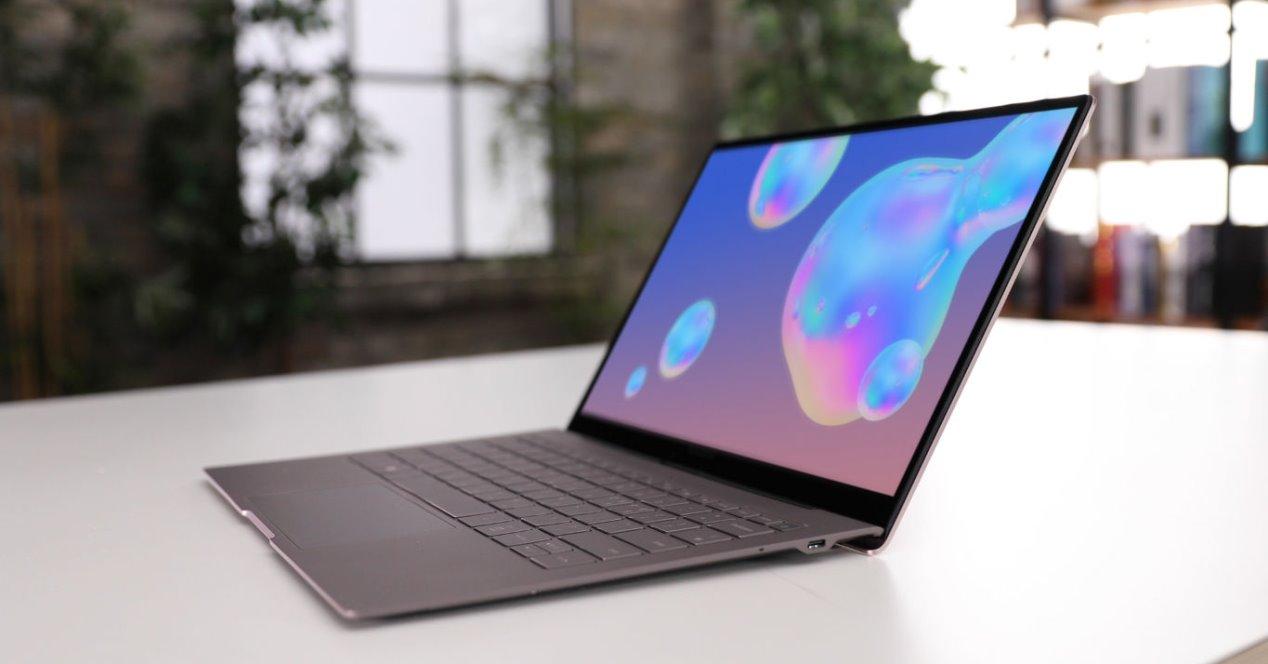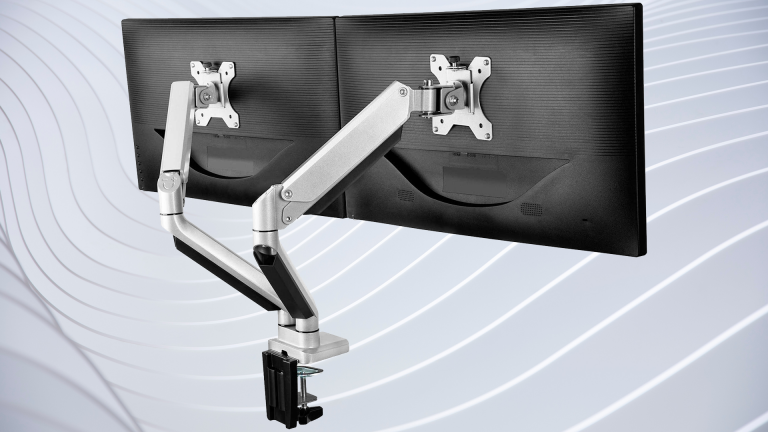One of the controversies in the hardware world is the comparison between processors with x86 register and instruction sets, designed by Intel and AMD and used in PCs around the world, and ARM, which are found in a multitude of devices. This was generated by the adoption of said ISA on their personal computers, however, long before those in Cupertino made this leap, Windows for ARM already existed. Because the laptops with ARM processor They don’t take off except those of Apple? Is it worth having one?
For some time we have been seeing many laptops in stores that run Windows or Linux like a regular PC, however, they do not have an Intel or AMD processor in their guts. They are called ARM laptops, which were created to obtain ultra-light computers with performance in some consumptions superior to that of a PC. With the appearance of MacBooks equipped with Apple chips and under the same ISA, the result could not have been more depressing.
Apple’s advantage in ARM laptops
The main reason does not have to do with the operating system, but rather with the power, not in vain, one of the reasons why Qualcomm ended up acquiring Nuvia to manufacture a new generation of processors is because that in terms of CPU cores under ISA ARM, they are far behind Apple. Due to the fact that Windows for ARM is only compatible with Snapdragon 8CX
- Well if we look at the results in Geekbench 5most of these computers reach a performance of 1100 dots when running code that can only run on one core and 5700 dots if we are talking about multi-core code. All this on a chip with 8 cores at 2995 MHz speed.
- Instead, andApple M1 chip from MacBook Air appeared at the end of 2020, reached 1700 dots in single-core and almost 7600 points in multi-core, just like its rival is a 8-core configuration and it works for 3.2GHz.
- Apple’s M2 scales up to 1906 and 9017 points respectively, without increasing the number of overall processing units. As well as the clock speed of the performance cores at which 3.4GHz
Of course, it must be taken into account that the pitfall of chips of this type is that they use heterogeneous core configurations, some being more efficient than others, but less efficient. Both types of processors share space on the same chip. Thus, the multicore result is in all three cases lower than expected. Although the general idea is that there is a clear difference in performance between the Apple chip and the Qualcomm chip.
And how do they compare to Intel and AMD?
Unfortunately, there is no universal processor that has the same performance per watt at all consumptions. x86s have a lousy performance in mobile phone consumption and that’s why nobody uses them, on the other hand, as we increase processor watts we see how the tables turn. This is why none of the ARM laptops have a processor with a TDP of 45W.
However, there is a midpoint in which there are ultralight and, therefore, low power laptops. Well, one of the most widely used processors is the Intel Core i3-1215U, a 6-core chip (2 for performance and 4 for efficiency) designed for ultralight laptops such as the ASUS Vivobook. Well, at 2.5 GHz speed they can reach 1427 points in single core, however, in multi-core performance they lag behind as they only have 6 units, how many? 4461 dots.
Software sells hardware
In its history, Apple has changed processors several times and its perfect mastery of the vertical structure of its platform has enabled it to make smooth transitions from one ISA to another in each of them. If any of us are running a program written for the PC in 1981 on their computer, you can run it on your current computer without emulation or code porting. On the other hand, on Mac this does not happen, in its history they have used four different sets of instruction registers: 68K, PowerPC, x86 and ARM. On PC? Only one all this time.
The problem itself isn’t moving source code from one kind of binary to another, because if you’ve used high-level languages that don’t have dependencies, they’re not a problem. The difficulty lies rather in the parts of the code which depend on elements of the ISA. Operating systems being the main culprits for this. Not to mention more complex concepts like how each set of instructions and registers manages protected and unprotected memory areas.
Since applications today run on an operating system, we need it to be well adapted, otherwise there will be no porting of applications from x86 to ARM. However, their absence means that ARM laptops are not sold and can be considered a huge fiasco.
No one wants to take responsibility for the ARM laptop fiasco
While Apple is in Don Palomo mode, in the case of ARM laptops with Windows, it is Microsoft and Qualcomm who have to come to terms with a large number of manufacturers, who see how those in Cupertino are selling their MacBooks at high prices and decide to imitate them. a product with a low perception of value, even compared to other laptops with the Redmond operating system.
In fact, it all comes down to the fact that Qualcomm, despite being an excellent creator of mobile chips, has created processors that are too slow and users are noticing this. Apple has been able to allow its users to run applications on their Intel Macs smoothly and almost effortlessly. Instead, seeing x86 programs emulated on a Qualcomm Snapdragon 8CX is infuriating.
In other words, ARM Windows laptops should be priced much lower than they are now because the value they offer isn’t enough to justify the cost to the end user. The fault here is not with the assemblers, but rather with Qualcomm and Microsoft for not offering a competitive processor and operating system duo.
Table of Contents











